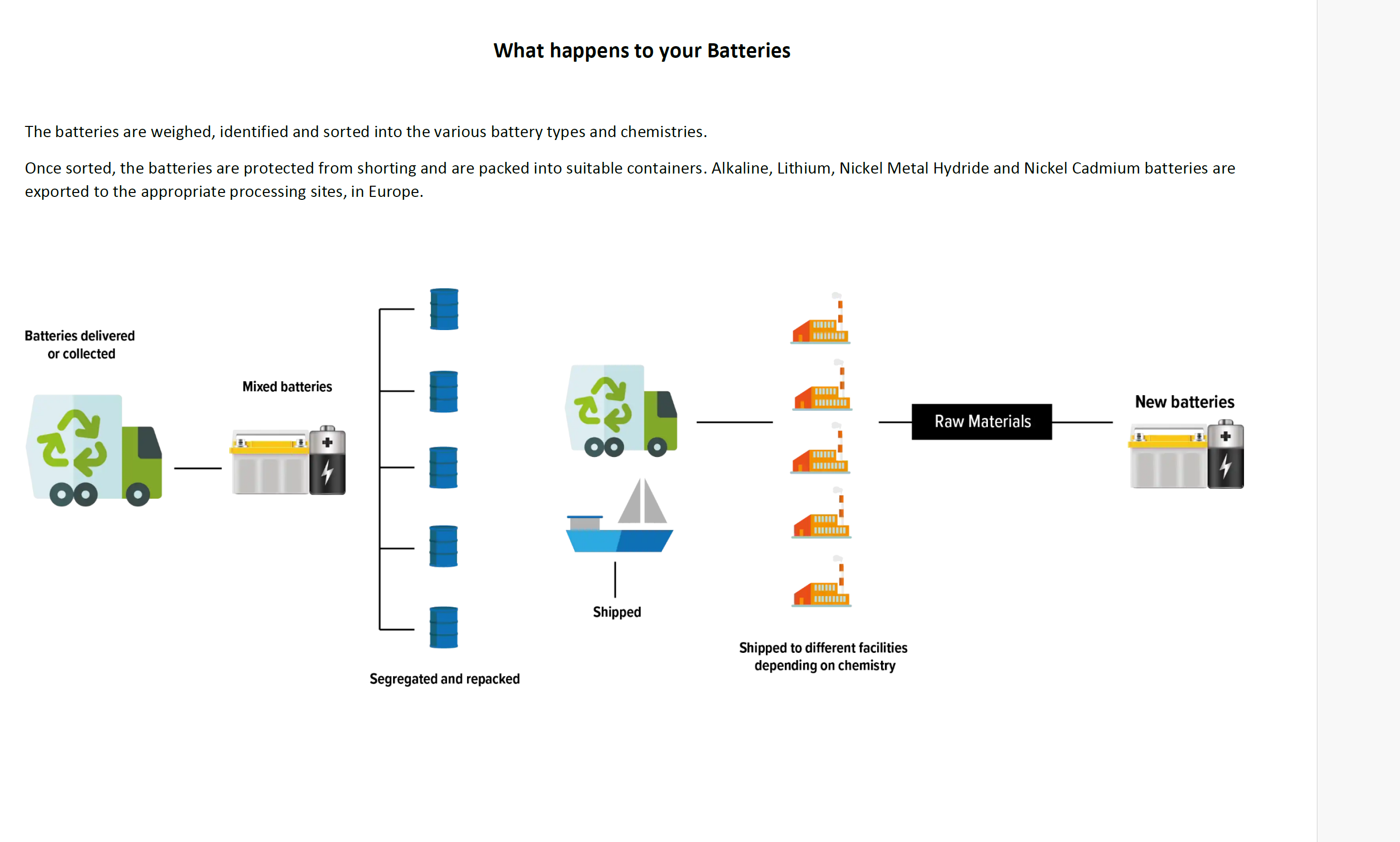In recent years, "No Mow May" has gained traction as an eco-friendly initiative encouraging homeowners to let their lawns grow wild during the month of May. The movement aims to provide a haven for pollinators such as bees and butterflies promoting biodiversity and aiding in the fight against declining insect populations. While the intentions behind "No Mow May" are commendable there are significant drawbacks to this practice that homeowners should consider.

Inviting Unwanted Wildlife
When lawns are left un-mowed for an extended period, they become attractive habitats for various forms of wildlife. When you come to mow your lawn again in June these insects have settled and you are going to be destroying them.
Unsightly Appearance
Overgrown lawns can appear neglected and unkempt which may not be desirable for homeowners who prefer a neat, manicured look.
The Two-Thirds Height Rule and Lawn Health
The two-thirds height rule is a fundamental principle of lawn care that advises against removing more than one-third of the grass blade length in a single mowing. Ignoring this rule by letting your lawn grow too long can lead to several problems:
-
Stress on Grass: When grass is allowed to grow excessively and then cut back drastically, it can cause significant stress. This stress weakens the grass making it more vulnerable to disease. Your cylinder will not be able to cope with the length of grass and you will need a rotary mower to get it back down to a suitable height. Remember the two thirds grass height rule! Removing a large portion of the grass blade all at once forces the plant to redirect energy from growth and root development to recovery. This shock can stunt the grass’s overall growth and reduce its vigour. By cutting off too much of the blade, you reduce the plant's ability to photosynthesise effectively- you are cutting the leaves off and being left with stalk. With less leaf area available to capture sunlight, the grass produces less energy.
-
Thatch Accumulation: Long periods without mowing and scarifying can result in a build-up of thatch, a layer of dead grass and organic matter. Thatch can prevent water, air and nutrients from penetrating the soil hindering healthy grass growth.
-
Uneven Growth and Discoloration: Cutting back long grass can leave it uneven and discoloured as you are cutting into the stalk. The lower sections of the grass, which have been shaded, often appear yellow or brown and can take time to recover and blend with the upper, greener portions.
What can I do?
- Make a conscious effort to have flower beds all around your lawn. This can provide a great habitat for bees.
- Don't use chemicals on your lawn- or at least only use organic ones! The benefit of our cartridge system is that you don't have to use harmful chemicals!
- Use a water butt to save rain water which you can use on your lawn




Leave a comment
This site is protected by hCaptcha and the hCaptcha Privacy Policy and Terms of Service apply.